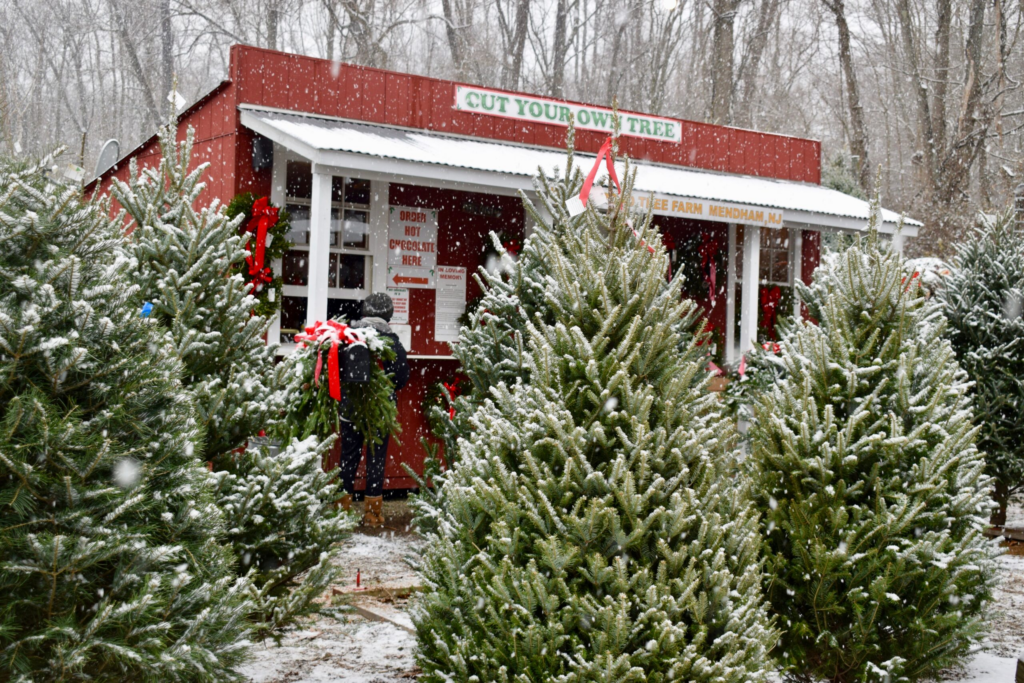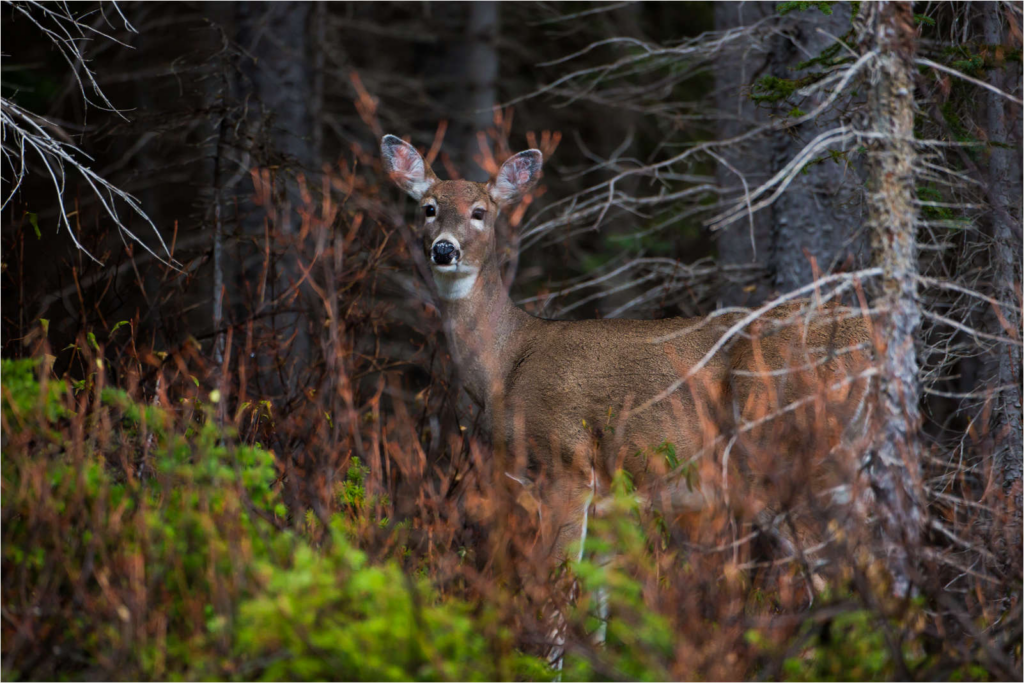
Being a private forest owner is an incredible responsibility, with countless species of flora and fauna counting on your stewardship to protect and maintain the habitats they call home. Fortunately, looking after the dynamic ecosystems that provide food and shelter to wildlife, while enjoying substantial ROI from your investment, is as simple as embracing the power of sustainable forestry.
Let’s dive deeper into why sustainable forestry works, the roles different stakeholders play and how technology is changing the way we approach wildlife habitat conservation.

Christmas Tree Farms Perfect Sustainable Forestry
In tune with the holiday season, let’s start by looking at the Christmas tree industry, and how proper planning and sustainable practices can make cutting trees an eco-friendly proposition that creates wildlife habitat along the way.
According to the Association of Christmas Tree Growers, it takes around seven years for an average-sized Christmas tree to be ready for harvest. This means farmers must plant numerous acres of trees and only cut a small percentage each year to maintain a steady harvest. To keep this cycle going, one to three new seedlings are planted annually for every salable tree that is cut down.
Over all the years trees are growing and waiting for harvest, they absorb carbon and shelter the animals that live in young forest habitats. Along the way, Christmas tree farms also protect the land from being clear cut and used for other less-sustainable purposes.
And what happens to old Christmas trees after the holidays have come and gone? They can be ground into mulch and placed in the garden to recycle all the nutrients back into the earth to grow anew.
Sustainable Forestry Practices for Wildlife Habitat Conservation
The goal of sustainable forestry is simple, to consume forest resources today in such a way that forestland resources will continue to exist in the same scope for future generations. With weighted planning and an emphasis on following sustainable forest management best practices as outlined by the Society of American Foresters, protecting healthy forest ecosystems for wildlife habitat comes naturally.
While reforestation and afforestation strategies are at the forefront for how we can replenish and enlarge forest areas, many other modern techniques are now available to sustainably harvest trees with minimal impact on the wildlife present in the area.
Selective logging and thinning, pruning, and enhanced training on detecting and treating tree diseases and pest infestations all contribute to building a more sustainable forest products industry. In some cases, controlled burning or clear-cutting can stimulate offspring growth and revive forests to their more natural state.
Community Engagement in Wildlife Habitat Conservation
The role of local communities in sustainable forestry practices cannot be overstated. As inhabitants of the woods, those who live, work and play in or near working forests have a vested stake in keeping and improving wildlife habitats.
Promoting sound forest management principles goes beyond targeting industry interests. Successful wildlife conservation requires targeted collaboration between all stakeholders in the community, including landowners, businesses, schools, local governments and residents.
Research and Technology in Wildlife Habitat Conservation
Technological advancement is changing the way forest managers monitor forest health and prevent potential threats to delicate wildlife habitats.
Earth observation and satellite data play a pivotal role by providing remote monitoring capabilities that lead to valuable insights on how ecosystems are changing over time. This information helps guide decisions regarding land management practices, directly impacting wildlife habitat preservation.
Foresters are also equipped with a more modern selection of tools and techniques to proactively identify, predict and prevent potential threats before significant damage has been done.
Collaboration between research institutions, technology companies, forestry schools, active forest managers and private forest landowners is paving the way towards more effective sustainability practices.

Certification, Compliance and the Code of Ethics
In 1971, Oregon was the first state to mandate replanting following the harvest of trees from forested land. We have come a long way over the past half a century, and today, sustainable forestry is almost universally accepted across the industry as a shared vision and goal. This is good for people, great for trees, and even better for the wildlife that depend on forest habitats to live.
Bound by the Code of Ethics set by the Society of American Foresters, forest managers are fully committed to not only preserving forests but also to enriching wildlife habitats. This commitment extends beyond the strict guidelines that must be followed to maintain certification compliance to showcase a true dedication to safeguarding our natural resources and maintaining ecosystem integrity.
As sustainable forest management practices evolve, so do certification programs and ongoing education opportunities, keeping forestry professionals abreast of new developments and better ways to look after the forests that benefit us all.
Forestry is More than Just Trees
Private forest landowners and managers understand that our forests offer more than an economic commodity and playground for outdoor enthusiasts. Forested lands clean the air we breathe and the water we drink, while providing sanctuary and wellbeing for countless wildlife species.
What is good for forestry is good for animals, which means the future looks bright for wildlife habitat conservation and sustainable forest management.

Let’s Work Together
Orbis helps you make better sense of your assets, and better use of everything involved in managing them. Request more information or book a consultation with us today.
